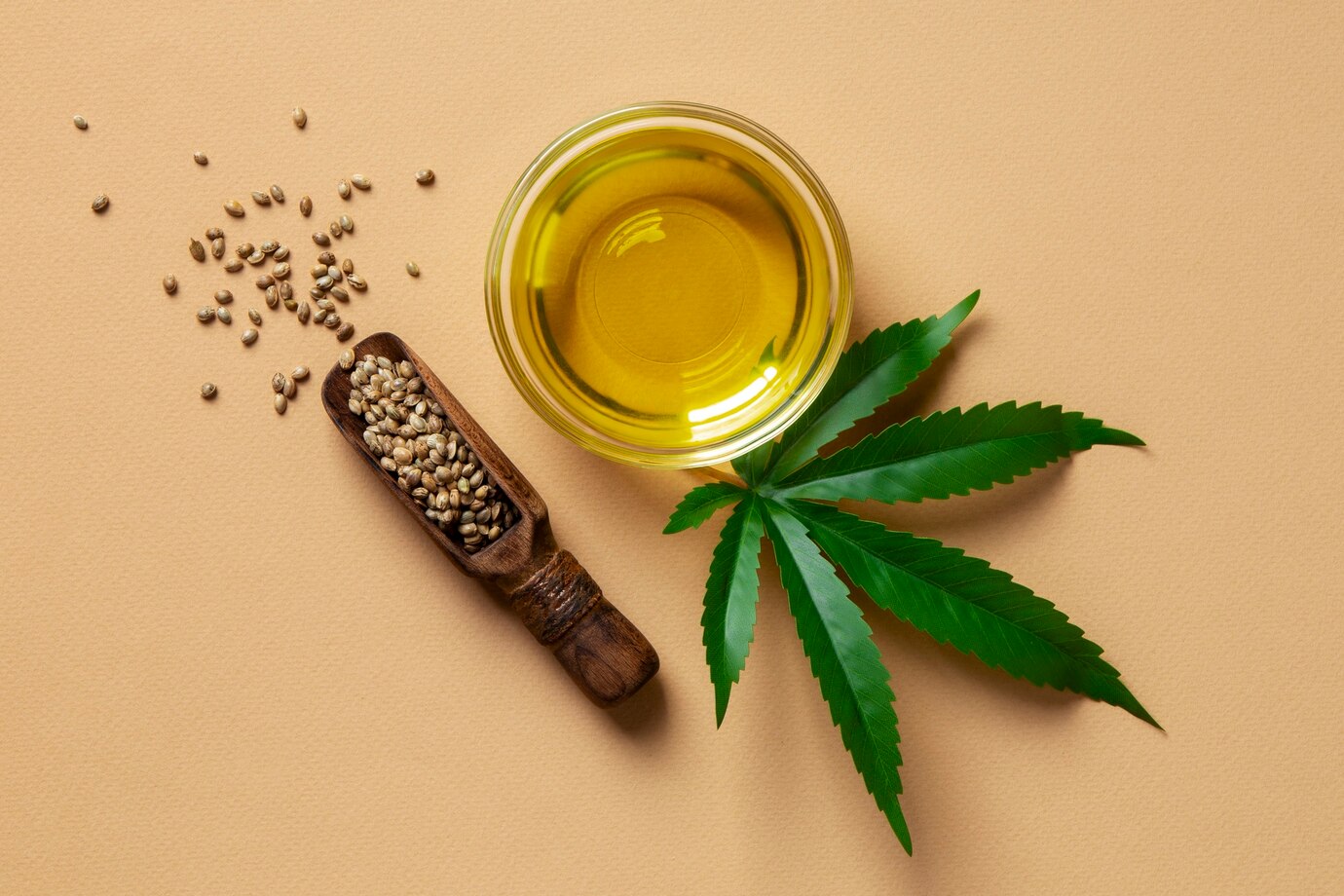The first and most important step in cultivating CBD-rich cannabis at home is selecting the appropriate seeds. The possible medicinal advantages of cannabidiol (CBD), a non-psychoactive component of cannabis, have contributed to the surge in popularity of CBD seeds. But, to guarantee a fruitful and satisfying growing experience, there are a number of critical considerations to make before delving into the realm of CBD seeds for sale.
Understanding CBD Seeds
Cannabis seeds with a higher concentration of cannabidiol (CBD) than tetrahydrocannabinol (THC), the psychoactive component in cannabis, are known as CBD seeds. The increasing demand for CBD products is the driving force behind the breeding of these seeds.
Legal Considerations
Find out what the rules are for growing cannabis in your area before you buy any CBD seeds. Different nations, states, and even cities have vastly different legal systems. While some areas have legalized the growing of industrial hemp (cannabis plants with less than 0.3% THC) under certain circumstances, others have made it legal to produce cannabis with higher THC levels. Do your homework and follow the rules wherever you go.
Types of CBD Seeds
- CBD-Dominant Seeds: These seeds are cultivated to produce cannabis plants with high CBD content and minimal THC, ideal for those seeking therapeutic benefits without intoxication.
- 1:1 Ratio Seeds: Some seeds are designed to yield plants with a balanced ratio of CBD to THC, offering a more balanced effect.
- Auto-flowering Seeds: These seeds are popular among beginners as they automatically switch from the vegetative stage to flowering stage based on age rather than light cycles.
- Feminized Seeds: These seeds produce only female plants, which are preferred for CBD cultivation as they do not produce flowers (buds) with seeds.
Factors to Consider Before Buying CBD Seeds
- CBD to THC Ratio: Determine the desired ratio of CBD to THC based on your preferences and legal constraints.
- Growing Environment: Consider your growing space—indoors, outdoors, or greenhouse—and choose seeds that thrive in that environment.
- Genetics and Breeder Reputation: Opt for reputable seed banks or breeders known for high-quality genetics and reliable customer service.
- Yield and Growth Characteristics: Evaluate factors like yield potential, flowering time, and resistance to pests and diseases.
- Seed Type: Choose between regular, feminized, or auto-flowering seeds based on your level of experience and cultivation goals.
Where to Buy CBD Seeds
When purchasing CBD seeds, prioritize trusted sources such as:
- Seed Banks: Reputable seed banks offer a wide variety of CBD seeds with detailed descriptions of each strain’s characteristics.
- Licensed Dispensaries: In regions where cannabis cultivation is legal, licensed dispensaries may sell high-quality seeds.
- Online Retailers: Many online platforms specialize in selling cannabis seeds, providing a convenient way to browse and compare different options.
How to Germinate CBD Seeds
Germination is the process of sprouting a seed to initiate growth. Here’s a simple guide to germinating CBD seeds:
- Prepare Supplies: You’ll need seeds, distilled water, paper towels, and a plate.
- Moisten Paper Towels: Dampen a paper towel with distilled water and place the seeds evenly spaced on the towel.
- Cover and Wait: Fold the paper towel over the seeds gently, then place another moistened towel over the top. Place this setup on a plate in a warm, dark location.
- Check Regularly: Check the seeds daily. Once they sprout a taproot (usually within 1-4 days), they are ready for planting.
Cultivation Tips for CBD Seeds
- Light: Provide adequate light during the vegetative and flowering stages. Consider using grow lights for indoor cultivation.
- Nutrients: Use balanced nutrients formulated for cannabis plants during different growth phases.
- Watering: Maintain proper watering schedules to prevent over or under-watering.
- Training: Techniques like topping and low-stress training can improve yield and manage plant height.
- Monitoring: Regularly inspect plants for pests, diseases, and nutrient deficiencies.
Harvesting and Processing CBD Plants
Harvesting CBD plants involves several critical steps:
- Timing: Harvest when trichomes (resin glands) are milky or amber in color, indicating peak CBD content.
- Trimming: Carefully trim away leaves to expose buds.
- Drying and Curing: Dry buds in a controlled environment, then cure them in glass jars to enhance flavor and potency.
Conclusion
For those who use cannabis for medicinal or recreational purposes, growing their own CBD seeds can be a fulfilling experience. If you want to grow your own CBD-rich cannabis indoors, you need to know the ins and outs of CBD seeds, legal issues, growing strategies, and harvesting procedures. Always follow the rules set out by your local government and be sure to emphasize high-quality seeds sourced from reliable vendors. Have fun expanding!

